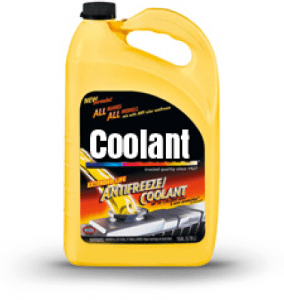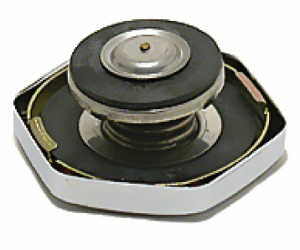2.2 - System Operation

When the engine is cold (thermostat closed) the water pump circulates liquid between the inner walls of the engine and cylinder heads to absorb heat. As the temperature increases, the thermostat starts to open and sends heat-soaked liquid to the radiator. At the same time, previously cooled liquid found in the radiator flows to the engine to absorb more heat.
The thermostat opens and closes at predetermined calibration and will maintain proper engine operating temperature range. This cycle goes on as long as the engine is running.

To prevent the liquid from boiling in the system, two specific components are necessary. A special liquid called coolant or antifreeze is used to increase the boiling point of the liquid in the system. The radiator cap controls the system pressure and also allows the boiling point of the liquid to increase.

The pressure cap also controls overflow in the system to keep the cooling circuit filled with liquid at all times.